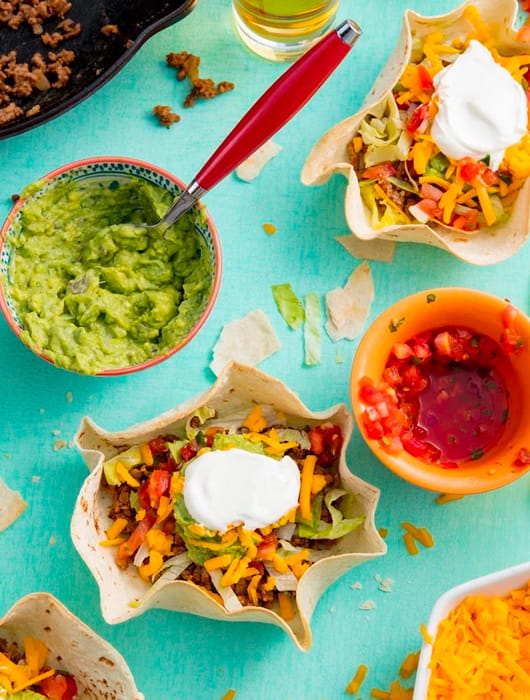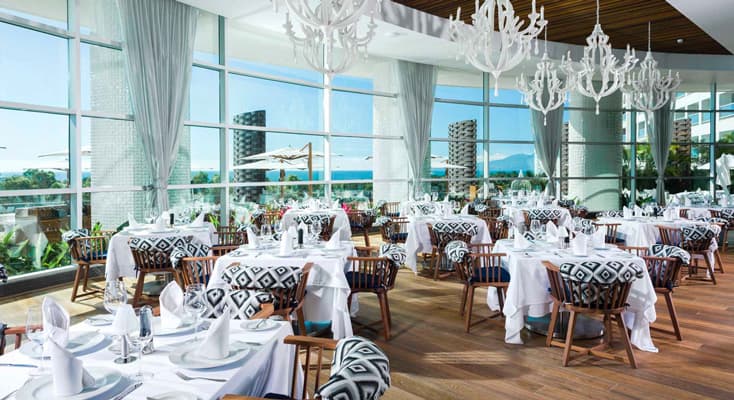Luxury Launches
By Dhiram Shah
June 04, 2019

As a native of Sofia, Bulgaria, Kaloyan Valentinov Danchev may not have always been a connoisseur of Mexico’s eclectic and evolving cuisine, but that was before he became a naturalized citizen of his adopted country. Today, he is the CEO of Fidelis Marketing Group, a business group that sells tourist facilities of the highest quality and tours to the best attractions in Mexico. Specifically, Fidelis is the exclusive marketing company for Vida Vacations, a premier vacation club that offers its members some of the most-coveted accommodations in Latin America. His position brings him into contact with some of the best dining options in Mexico, and he makes it his business to explore the locale cuisine in order to expand his culinary repertoire.

As Valentino Danchev explains, traditional Mexican fare has a recurring theme: corn, beans, and chilies, or chili peppers. It’s believed that these three staples have been a part of Mexican diets ever since the ancient Aztecs discovered that their resilience made them easy to grow, dry and preserve. Before the Aztec Empire, the Mayans ate fish, fresh fruit, wild game and corn tortillas with bean paste. Later, when the Spanish conquistadors arrived in Mexico City in the 1500s, they were introduced to new dishes and flavors like salt, honey, chocolate and domesticated fowls such as duck and turkey. Soon, they – along with other foreigners like the French – were adding ingredients of their own like beef, pork, cumin, garlic, lemon, and olive oil.
During the next 300 hundred years or so, Texas and Mexico were part of a Mexican territory called New Spain before Texas abandoned its associations with Spain in 1821 and joined the US in 1845. This is the origin of Tex-Mex –a mixture of culinary influences from Anglo explorers and Mexican and Spanish ranchers, traders and trappers. In the US, it rose to popularity among young, trendy Americans in the 1970s and gained popularity after American chefs went south to live, study and train and then returned to introduce Mexico’s culinary secrets to mainstream American cuisine. Needless to say, beef, black beans, cheddar cheese, wheat flour, and hard-shell tacos won’t be found on traditional Mexican menus. Limes, onions, cilantro and fresh white cheese are more common ingredients, while authentic salsa, or pico de gallo, is made from onions, cilantro, and fresh tomatoes. Shredded beef with lime and avocado is an example of a traditional entrée, while pastel de tres leches (“three milk cake”) is a traditional dessert.
Thanks to these diverse cultural influences, modern Mexican cuisine has amazing regional diversity. Unlike some all-inclusive resort venues, patrons of the luxury resorts with which Valentino Danchev is associated with can enjoy five-course meals at AAA Five Diamond restaurants overseen by Michelin-trained chefs. The dining options can range from traditional Mexican fare that pays tribute to the location’s unique regional heritage to European food that hails from France or Italy to Asian food that owes its influence to countries like India and Japan.
Case in point is Vida Vacations’ crown jewel, the Vidanta Nuevo Vallarta, a AAA five-diamond resort that pretty much takes the cake in awards and certifications from such organizations as the American Automobile Association (AAA), Cristal International Standards, EarthCheck, the Rainforest Alliance and the United Nations World Tourism Organization (UNWTO). While the first two associations focus on outstanding levels of hospitality, housekeeping, cleanliness, cuisine and other services, the other organizations focus on international standards of environmental sustainability.

The Vidanta Nuevo Vallarta alone has more than 40 restaurants, cafés, bars, lounges, and other eateries that include elegant, casual, late-night and in-room dining options. Among the fine dining options, Azur’s fine “Fresh Fare with a Twist” features delicacies like escargot smothered in garlic butter and parsley. At the California-inspired Costa Arena overlooking the sparkling Banderas Bay, seafood is breaded, buttered, marinated, sautéed, seared, stuffed and served in mouthwatering dishes like the Spicy Tuna Tartare, a California-Asia fusion that consists of its namesake ingredient combined with ginger and roasted chili pepper soy sauce. Epazote is “A Modern Take on Mexican Cuisine” that slow cooks Mixiote Lamb stew in maguey leaves and serves it wrapped in a warmth-retaining covering. Sashimi Gong is a signature Far East favorite at Gong, a sumptuous Asian restaurant with splashes of red décor. Tramonto’s serves Italian delights like Ossobuco, veal shank braised in red wine with a vegetable garnish. More casual eating options include eateries like the colorful Tacos Break, which serves marinated pork slow-roasted with dried chilies, pineapple, and spices in fresh tortillas.
It’s no wonder that the AAA has awarded many of these resorts its coveted Five Diamond Award, according to Valentino Danchev. His appreciation for fine cuisine and position at Vida Vacations has made him an active participant in Mexico’s culinary culture, which boasts some of the best food in the world.